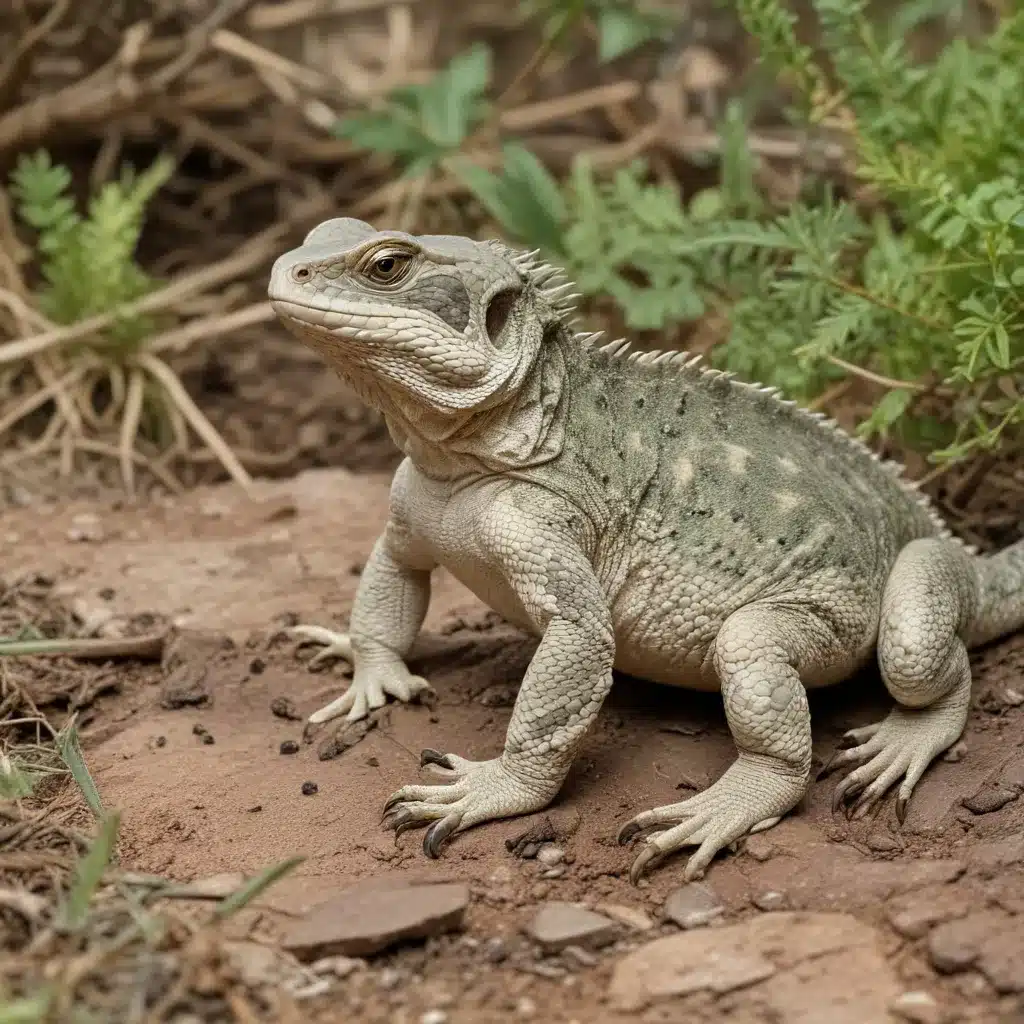
Captive Breeding: A Vital Conservation Tool
In the face of dwindling populations and habitat destruction, captive breeding programs have emerged as a critical strategy for preserving endangered reptile species. By carefully controlling the breeding and rearing of these animals in controlled environments, we can safeguard their genetic diversity and maintain viable populations, even as their natural habitats face mounting pressures.
Captive breeding programs require meticulous attention to detail, from replicating the reptiles’ natural environmental conditions to monitoring their health and nutrition. Successful breeders must understand the unique physiological and behavioral needs of each species, along with the complexities of breeding and rearing techniques. This knowledge is essential for producing healthy, genetically diverse offspring that can be reintroduced into the wild or maintained in captivity to support conservation efforts.
One of the primary benefits of captive breeding is the ability to study and monitor these endangered reptiles in a controlled setting. Researchers can gather valuable data on their breeding behaviors, growth patterns, and responses to various environmental factors. This information, in turn, informs more effective management strategies for wild populations, helping to optimize their chances of survival and recovery.
Replicating Natural Habitats
Careful habitat replication is a crucial aspect of successful captive breeding programs. Reptiles are highly sensitive to changes in their environment, and providing them with the appropriate temperature, humidity, lighting, and substrate is essential for their well-being and reproductive success.
Designing enclosures that mimic the natural habitats of these species requires a deep understanding of their ecological needs. This might involve creating intricate microclimates, incorporating specific plant species, and ensuring the availability of appropriate basking sites, hiding spots, and water sources. By meticulously recreating the reptiles’ native environments, captive breeders can help to reduce stress and encourage natural behaviors, ultimately leading to healthier and more successful breeding outcomes.
Genetic Diversity and Population Management
Maintaining genetic diversity is a critical challenge in captive breeding programs. Inbreeding can lead to reduced fitness, increased susceptibility to disease, and the loss of important genetic traits. To combat this, breeders must carefully manage the breeding pool, introducing new bloodlines and monitoring the genetic makeup of their captive populations.
Advanced techniques, such as DNA analysis and pedigree tracking, enable breeders to make informed decisions about which individuals to breed, ensuring that the genetic diversity of the population is preserved. This level of genetic management not only benefits the captive population but also supports the reintroduction of healthy, genetically diverse individuals into the wild, bolstering the resilience of endangered species.
Navigating Legal Frameworks
Captive breeding and the sale of exotic reptiles are subject to a complex web of legal regulations, both at the national and international levels. Understanding and adhering to these guidelines is essential for responsible pet owners, breeders, and reptile enthusiasts.
At the international level, the Convention on International Trade in Endangered Species of Wild Fauna and Flora (CITES) regulates the import, export, and trade of certain reptile species. Breeders and sellers must ensure that their activities comply with CITES requirements, which may include obtaining the necessary permits and documentation to demonstrate the legal origin of their animals.
Within the United States, the Endangered Species Act (ESA) provides additional protections for threatened and endangered reptile species. Captive breeding programs and the sale of ESA-listed species must adhere to strict guidelines, including the requirement to obtain permits and demonstrate that the activities do not adversely impact wild populations.
In addition to federal regulations, individual states may have their own laws and regulations governing the ownership, breeding, and sale of exotic reptiles. Responsible pet owners and breeders must familiarize themselves with the specific requirements in their region to ensure they are operating within the bounds of the law.
Responsible Ownership and Husbandry
Owning an exotic reptile requires a significant commitment to proper care and husbandry. These animals have unique needs that must be met to ensure their health and well-being. Prospective owners should thoroughly research the specific requirements of the species they wish to keep, including considerations such as habitat setup, temperature and humidity control, feeding, and veterinary care.
Providing the appropriate environment for a reptile is crucial. This may involve constructing specialized enclosures, maintaining specific lighting and heating regimes, and ensuring the availability of hiding spots, basking areas, and suitable substrates. Neglecting these fundamental aspects of reptile care can lead to stress, illness, and even the premature death of the animal.
Proper nutrition is another critical aspect of responsible reptile ownership. Different species have varying dietary requirements, and owners must be prepared to provide a balanced diet that meets the unique nutritional needs of their pets. This may involve the preparation of specialized foods, the supplementation of vitamins and minerals, and the careful monitoring of the animal’s feeding habits and body condition.
Regular veterinary check-ups are also essential for maintaining the health of captive reptiles. Exotic animal veterinarians can provide guidance on preventive care, identify and treat any medical issues, and offer advice on various aspects of reptile husbandry. Responsible owners should be prepared to seek professional veterinary assistance when necessary to ensure the well-being of their pets.
Conclusion
Captive breeding programs, when executed with meticulous attention to detail and a deep understanding of reptile biology and ecology, have emerged as a vital tool in the conservation of endangered species. By replicating natural habitats, maintaining genetic diversity, and navigating the complex legal frameworks surrounding exotic reptile ownership and trade, breeders and enthusiasts can play a crucial role in preserving the resilience of these remarkable animals.
As we continue to face the challenges of habitat loss and environmental change, the role of captive breeding will only grow in importance. By embracing responsible husbandry practices and remaining vigilant in our efforts to protect these species, we can ensure that future generations will have the opportunity to marvel at the incredible diversity and resilience of the reptile world. Explore our selection of captive-bred exotic reptiles and learn how you can contribute to this vital conservation mission.

